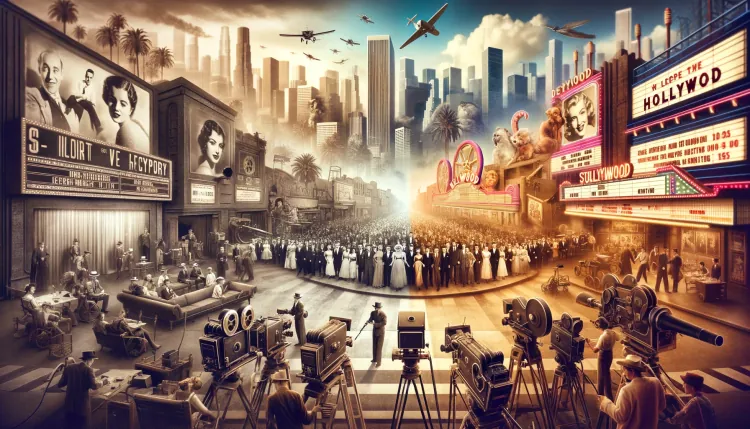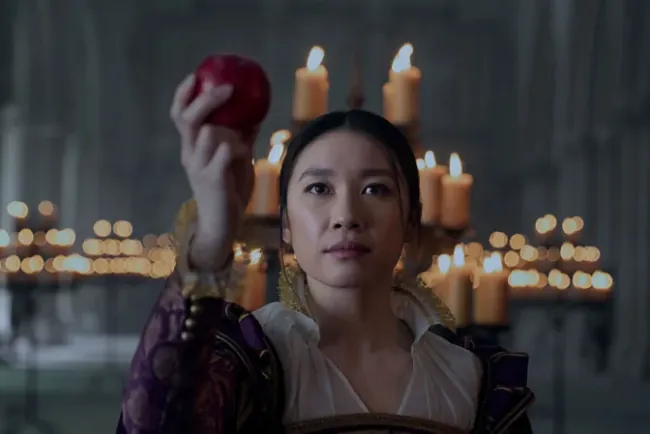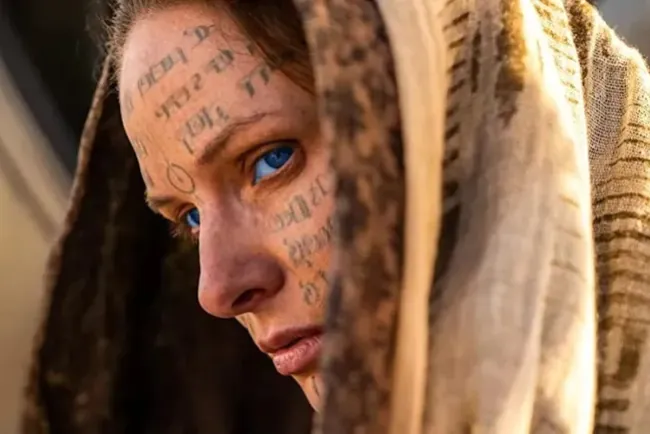History of Hollywood: Transforming Global Entertainment
The dramatic evolution of Hollywood from a humble agricultural community to the pinnacle of global entertainment

-
Introduction
- Overview of Hollywood as the global entertainment capital
- Brief mention of its origins and cultural significance
-
Early Beginnings
- Hollywood's transformation from an agricultural area
- The rise of the first film studio: Nestor Company in 1911
-
The Golden Age of Hollywood (1920s-1950s)
- Dominance of the studio system
- Iconic films and stars of the era
- The revolutionary shift to "talkies"
-
Challenges and Changes (Late 1950s-1970s)
- Decline of the studio system
- The rise of television and its impact on the film industry
- Emergence of New Hollywood and key figures
-
Blockbusters and Franchises Era
- The concept and rise of blockbuster films
- Major franchises and their impact on Hollywood's economy
-
Modern Hollywood
- Influence of digital streaming platforms
- Hollywood's response to demands for diversity and representation
-
Conclusion
- Hollywood's role in shaping and mirroring cultural shifts
- The future trajectory of the entertainment industry
-
FAQs
- Questions commonly asked about Hollywood's history and influence
Introduction
Hollywood, often hailed as the global epicenter of entertainment, has a rich and colorful history that mirrors the evolution of film itself. From its modest beginnings to its current status as a cultural powerhouse, Hollywood's journey is a testament to innovation and resilience.
Early Beginnings
Initially an agricultural community, Hollywood began its transformation into the film capital of the world in the early 20th century. The relocation of filmmakers from the East Coast to escape Thomas Edison's restrictive patents was a crucial catalyst. The establishment of the Nestor Company in 1911 marked Hollywood's first steps towards becoming a film industry hub.
The Golden Age of Hollywood (1920s-1950s)
This era saw the rise of the studio system, with powerhouses like MGM and Warner Brothers controlling the entire filmmaking process. Classics such as "Gone with the Wind" and "Casablanca" were born, and stars like Marilyn Monroe and Humphrey Bogart captivated audiences worldwide. The transition to sound films, starting with "The Jazz Singer" in 1927, revolutionized cinema, adding depth to the movie-going experience.
Challenges and Changes (Late 1950s-1970s)
The decline of the studio system, spurred by legal challenges and the advent of television, marked the end of Hollywood's Golden Age. The subsequent rise of New Hollywood introduced a new era of filmmaking, with directors like Spielberg and Scorsese at the forefront, focusing on innovative narratives and techniques.
Blockbusters and Franchises Era
The late 20th century introduced the blockbuster model, with films like "Jaws" and "Star Wars" creating a template for success through massive box office sales and merchandising. This era solidified the franchise model, emphasizing global distribution and marketability.
Modern Hollywood
Today, Hollywood is navigating the digital era, with streaming services altering how content is consumed and produced. Issues like diversity and representation have moved to the forefront, reflecting broader societal changes and pushing the industry toward inclusivity.
Conclusion
The history of Hollywood is a mirror to American cultural evolution, consistently adapting to the changing tastes of its audience. As it stands, Hollywood continues to influence and be influenced by the global entertainment landscape, promising an ever-evolving future.
FAQs
Q1: What started Hollywood's transformation into a film capital? Q2: What are some iconic films from the Golden Age of Hollywood? Q3: How have digital streaming services impacted modern Hollywood?
By delving into Hollywood's storied past and dynamic present, this article illuminates the factors that have shaped the entertainment capital of the world, offering a glimpse into its potential future.
What's Your Reaction?






















